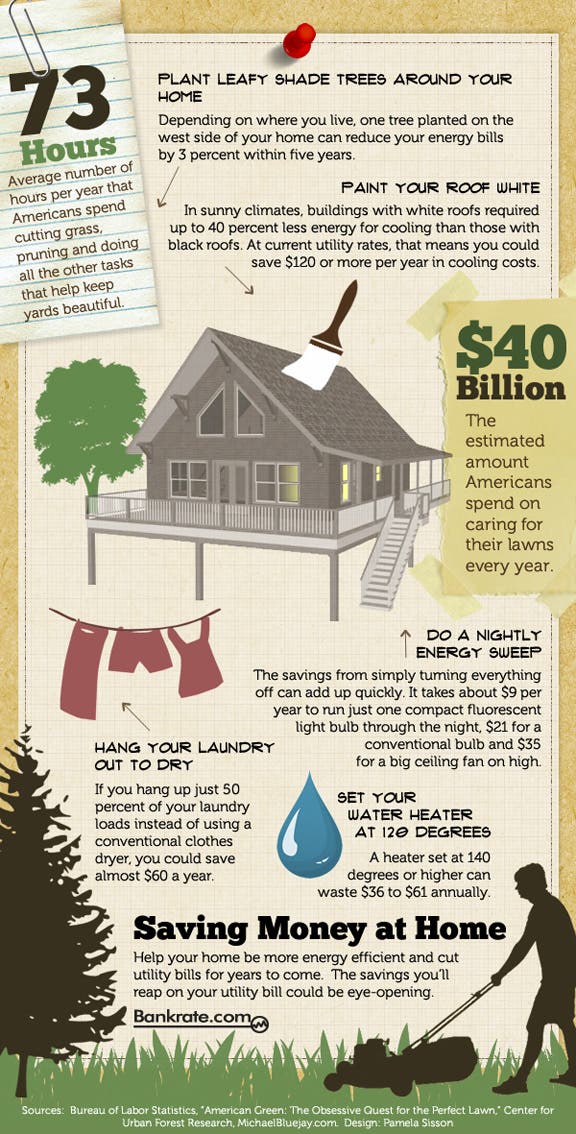Tree Conservation: Indications That Suggest The Need For Removal
Tree Conservation: Indications That Suggest The Need For Removal
Blog Article
Authored By-Bailey Bright
If you have actually ever before questioned the fate of the trees on your property, recognizing when it's time for elimination is critical. However just how do you determine if a tree can be saved or if removal is the only choice? By looking for certain indications and reviewing safety risks, you can make educated choices that profit both your landscape and your surroundings. Let's check out the key elements that enter into play when choosing the destiny of a tree and exactly how you can guarantee the most effective result for your eco-friendly friends.
Signs of Tree Decrease
If you discover any one of the complying with signs of tree decline in your yard, it may be time to take into consideration tree elimination.
One usual indication is dead or rotting branches, which can show underlying problems affecting the tree's health and wellness. Look out for blemished or wilted leaves that linger even with correct treatment, as this could be an indication of disease or insects.
Another warning signal is too much leaning or a visible change in the tree's base, which might suggest root concerns or architectural instability. Watch out for fungal development on the trunk or roots, as this can show rot and compromise the tree's stability.
Furthermore, if you observe huge splits in the trunk or major arm or legs, it's crucial to attend to these issues quickly to prevent possible dangers. Dealing with these indicators of tree decline immediately can assist preserve the safety and security and aesthetics of your yard atmosphere.
Security Issues
To ensure the health of your home and those around you, prioritizing safety issues associated with trees is vital. Trees can present numerous security dangers otherwise correctly kept. Dead or decaying branches may drop unexpectedly, jeopardizing people or destructive structures.
Leaning trees can additionally be hazardous, specifically if they're leaning in the direction of a building or power lines. In addition, trees with substantial root systems near foundations or below ground energies can create significant damages over time.
It's vital to consistently evaluate your trees for any kind of indications of possible risk. Watch out for fractures in the trunk, large cavities, or signs of condition and decay. If you notice any one of these concerns, it's finest to speak with an expert arborist to examine the scenario and identify the necessary strategy.
Taking aggressive steps to resolve security problems quickly can prevent accidents and building damages in the future. Keep in mind, the safety and security of your property and those around you should always be the leading priority when it involves tree maintenance.
Consulting an Arborist
When taking into consideration the health and wellness of your trees, seeking advice from an arborist is an essential step. Arborists are trained experts that focus on the care and maintenance of trees. They can evaluate the overall health of your trees, determine any concerns such as diseases or architectural problems, and give experienced referrals on the best course of action.
By speaking with an arborist, you can obtain useful understandings into the condition of your trees and determine whether removal is required. lower maintenance costs have the expertise and experience to evaluate the threats related to keeping a tree versus removing it. They can also use support on alternative solutions, such as pruning, cabling, or supporting, to help protect the tree whenever feasible.
In addition, arborists can assist you browse any local policies or permits that might be required for tree removal. professionals onehunga can guarantee that the process is executed securely and in compliance with any type of appropriate regulations.
winkler tree service
In conclusion, when figuring out whether trees can be saved or if elimination is necessary, it is very important to consider signs of decline and safety concerns. Consulting an arborist for a comprehensive analysis is important in making the very best choice for the tree's health and potential risks. Bear in mind, proactive care and timely activity can assist maintain trees and protect against accidents.
